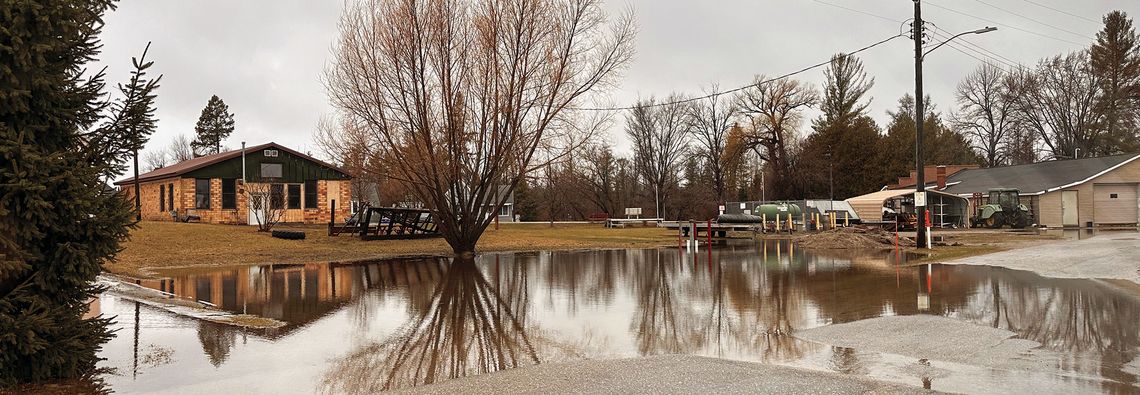A wintry mix of strong wind gusts plus snow in Leelanau and for much of northern-lower Michigan are expected in the days ahead following severe weather from a devastating ice storm event earlier this week.
On March 31, Governor Gretchen Whitmer declared a state of emergency for 10 counties impacted by the ice storm. The counties included in the emergency declaration are: Otsego, Oscoda, Montmorency, Presque Isle, Emmet, Charlevoix, Cheboygan, Crawford, Mackinac, and Alpena. The state reports that the storm has caused “widespread power outages, including loss of backup generators, loss of phone and cellular services, and impassable roads due to downed trees and other debris in northern Michigan.” The emergency declaration makes available all state resources, and authorizes the Michigan State Police (MSP), Emergency Management and Homeland Security Division (EMHSD) to coordinate state efforts beyond what the MSP/EMHSD have already been doing in conjunction with local agencies.
Andy Sullivan, meteorologist with the National Weather Service (NWS) Gaylord, said strong wind gusts up to 35-40 mph began early Wednesday and will remain elevated into today. He said winds may jeopardize any weakened structures and could down additional trees and limbs, especially in and near the counties that experienced the brunt of the ice storm. Sullivan said temperatures in Leelanau will remain relatively warm in the high 40s in the coming days though.



